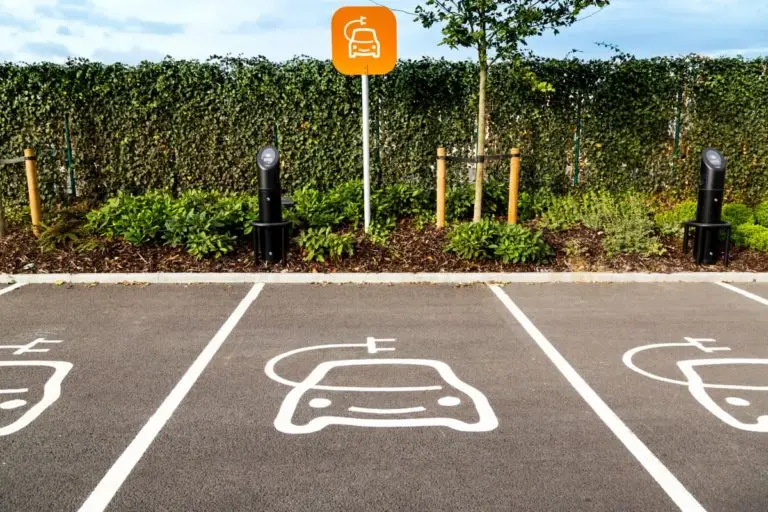
Census 2022 - New database for Germany
What data does the census provide? It's already been a few days since the latest census data was published. But you could say that "current" is the

What data does the census provide? It's already been a few days since the latest census data was published. But you could say that "current" is the

Last Sunday was the state election in Saxony-Anhalt, for many a barometer of mood for the federal election in September. The election results were also observed in faraway countries: Thus, in the ticker reports of the Bloomberg TV stock exchange channel from New York City, the news appeared late Sunday evening that elections were held in the poorest Federal state ("poorest state") of Germany. Is that so? What does the Nexiga purchasing power data say about this?

Life is expensive in the German metropolises. According to a recent study, the cost of living in Germany varies considerably from region to region. A key factor in this is the

A look at fiberdays 2024 Fiberdays 2024, which took place at the end of February at the RheinMain CongressCenter in Wiesbaden, is an important platform for the telecommunications industry for

Corona times have been tough for all of us, whether as private citizens or for business owners, restaurateurs, cultural workers and many others. But also for another group

Location twins for all business applications Digital twins as images of the real world are becoming increasingly important for planning business processes and analyses. With

Many people might not even notice, others might rub their eyes: Streaming giant Netflix stopped shipping movies on DVD at the end of September

Freeways are the main arteries in the road network and often allow people to get around relatively quickly and safely. In the age of e-mobility, the accessibility and availability of fast charging stations along the highways is important for

The population in Germany is getting older and older on average. In this increasingly aging society, many people fortunately live in good health, yet the

For a long time now, people have been trying to draw conclusions about the overall economic situation on the basis of everyday observations. At present, for example, we are once again hearing more frequently about the so-called lipstick index. This indicator was
Nexiga GmbH
Mozartstr. 4-10
53115 Bonn
© 2023 Nexiga GmbH | Sitemap | Imprint | Privacy | Terms & Conditions